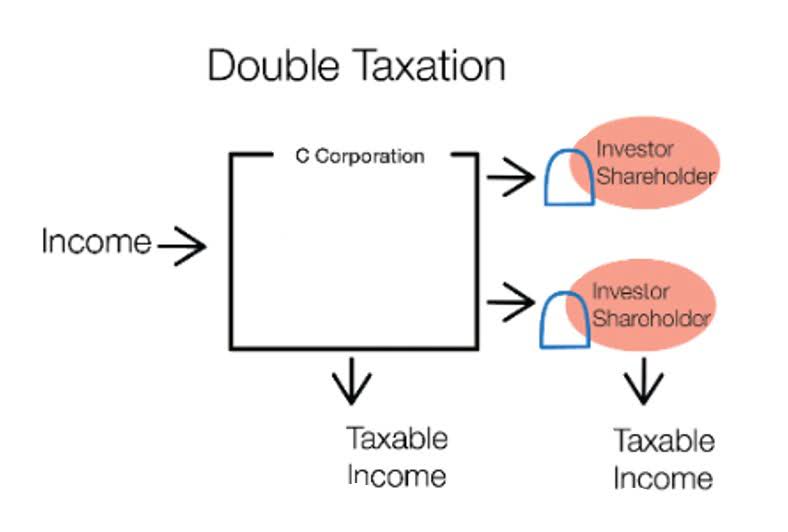
This annual publication provides an update on accounting, tax, and regulatory matters relevant to the oil and gas industry. The update discusses matters critical to oil and gas entities, including updates to SEC, FASB, and tax guidance with a specialized focus on the oil and gas industry. When identical operational results are assumed, an oil and gas company following the SE method can be expected to report lower near-term periodic net income than its FC counterpart.
But then if prices go up, it becomes cost-effective to use more expensive techniques, like injecting steam into the ground. So as the price goes up, a larger proportion of the reservoir becomes available – maybe that brings you to 60% that can be extracted. Whenever something like this happens, even more of a reservoir becomes accessible – maybe the accessible portion goes up to 70%. In its “Statement of Financial Accounting Standard No. 19,” the FASB requires that oil and gas companies use the SE method.

In the United States, Deloitte refers to one or more of the US member firms of DTTL, their related entities that operate using the “Deloitte” name in the United States and their respective affiliates. Certain services may not be available to attest clients under the rules and regulations of public accounting. • Acquisition Costs – pertain to surface and mineral lease acquisition including, but not limited to, the cost of leasing or purchasing the property, signature bonuses, legal costs and broker fees. Harrison is very involved with the University of Tulsa, where he earned a degree in MIS and Accounting.

As a result, the accounting method is an important consideration when analyzing companies involved in the exploration and development of oil and natural gas. In Statement of Financial Accounting Standard (SFAS)19, the FASB requires that oil and gas companies use the SE method. The Securities and Exchange Commission (“SEC”), on the other hand, allows companies to use the FC method.
One of the primary concepts is the distinction between upstream, midstream, and downstream activities. Upstream activities involve exploration and production, midstream covers transportation oil and gas accounting and storage, while downstream includes refining and marketing. Each segment has its own accounting nuances, making it essential to grasp these differences for accurate financial reporting.

The oil and gas industry is a complex and capital-intensive sector that relies heavily on accurate and specialized accounting practices. Unlike many other industries, oil and gas accounting goes beyond simply tracking income and expenses. It plays a vital role in ensuring financial transparency, regulatory compliance, and strategic decision-making for companies throughout the exploration, extraction, and production lifecycle. CFO is basically net income with non-cash charges like DD&A added back, so, despite a relatively lower charge for DD&A, CFO for an SE company will reflect the net income impact from expenses relating to unsuccessful exploration efforts.
